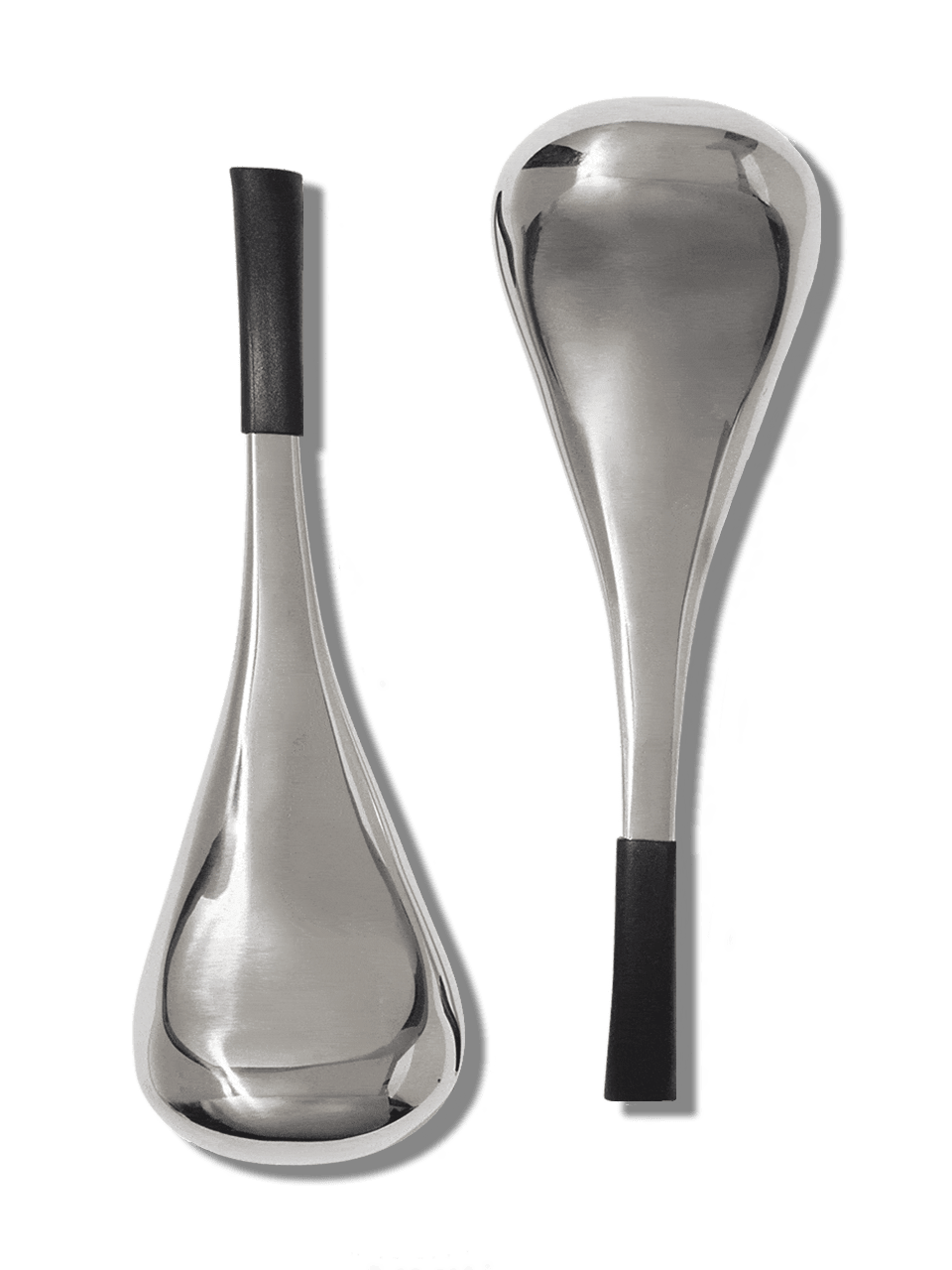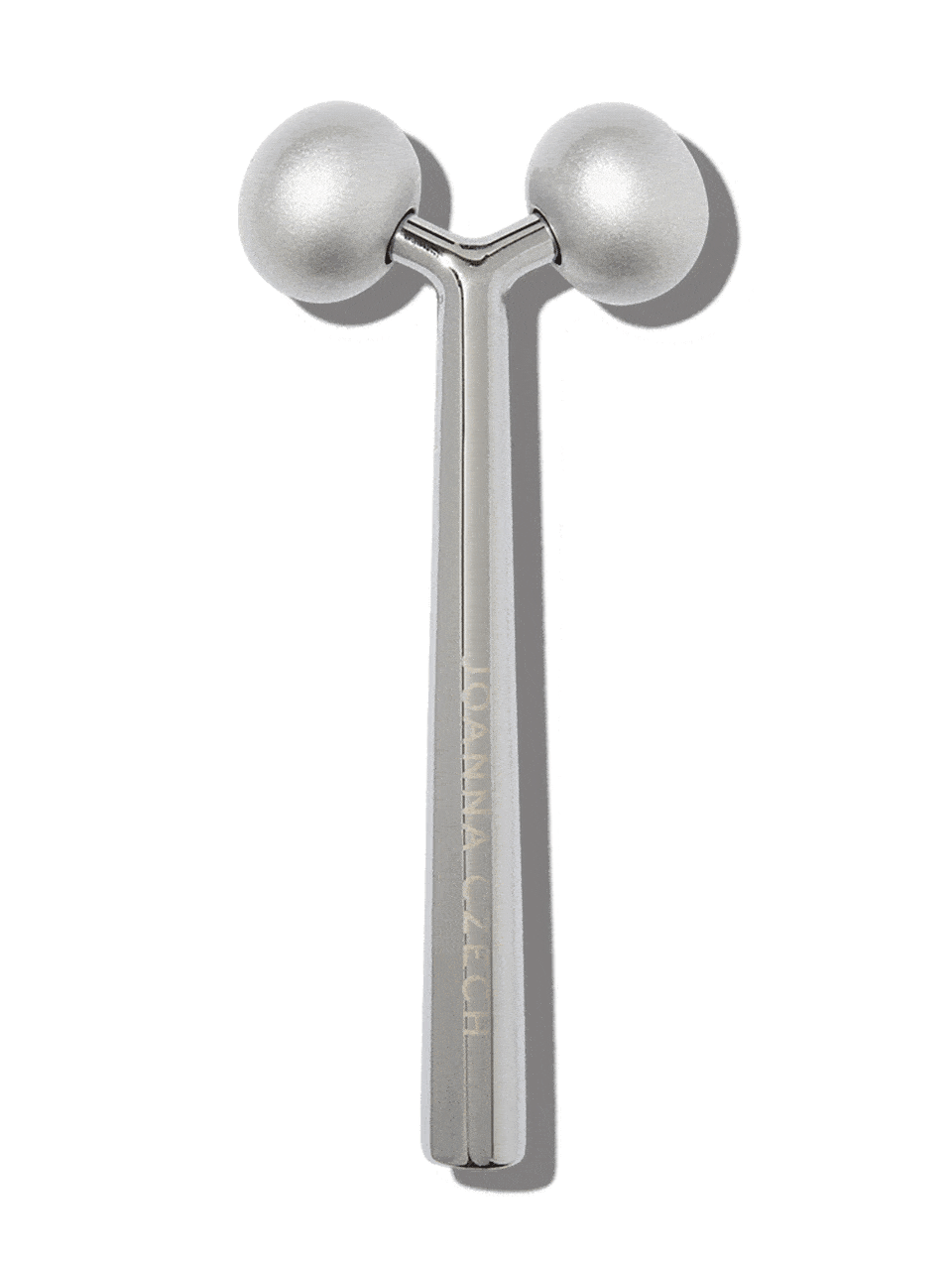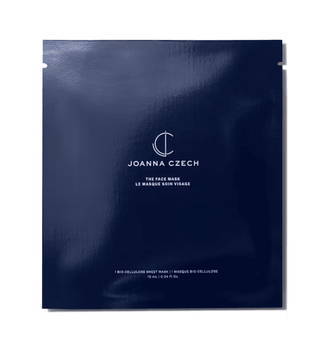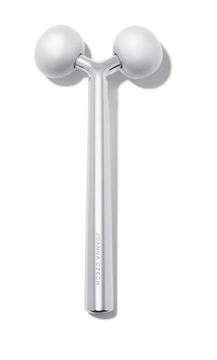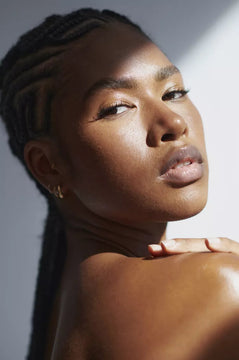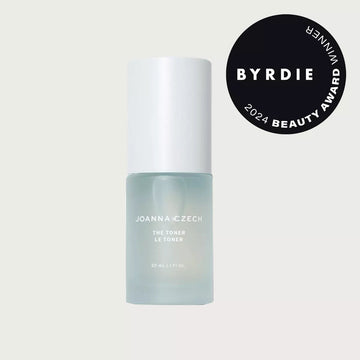Face Icing: Is This The Secret To Great-Looking Skin?
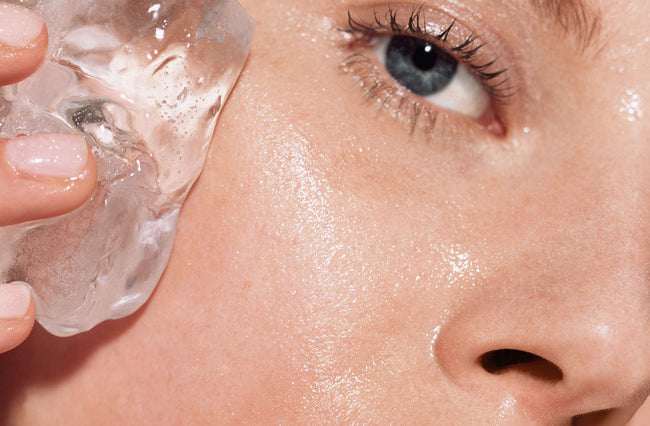
From ice-cube massages to frozen face rollers, NEWBY HANDS finds out whether all things cold are cool when it comes to caring for our skin
Sometimes, new is not always best… Way back in the day, Hollywood stars, including Marilyn Monroe, started their morning with a refreshing face bath in a basin filled with ice cubes. In the 1990s, original supermodel Linda Evangelista shared her pre-cover-shoot tip of rubbing ice under her eyes. More recently, cryotherapy (aka cold therapy) has been on the menu of every good spa. And aestheticians like Joanna Czech have been using everything from frozen aloe vera to icy teaspoons as part of their famous A-list facials for years.
“I learnt about the benefits of icing in beauty school more than 30 years ago, and I’m still using variations of it. It’s not a gimmick, as it really works,” says Czech. However, icing is not for everyone… While it can give you a firmer skin texture, smaller pores and more defined, puff-free features, get it wrong and it can leave skin ‘frosted’ and feeling dry, bumpy and dehydrated. “It’s not for every skin type,” says Czech. “Especially if your skin is reactive, or if you have had any laser burns in the past.” She also points out that icing – unlike a great serum, cleanser or peel – is not an essential part of every skincare regimen. “If your skin can’t tolerate something cold from the ice box, then try something cool from the refrigerator,” says Czech.
So what exactly does icing do? “In the same way we ice an injury, it can take down inflammation – it’s great to ice a blemish – and puffiness,” says Czech. The cold constricts the blood vessels and the body then reacts by sending blood to the area. It also helps superficially tighten the skin. “My favorite way to use it is to massage in your serums and then run an ice cube over your face. This makes the skin contract so the pores almost ‘grab’ onto the product and help it absorb better,” says Czech. “I also find that if you use a micro current device, or do a stimulating massage, and then ice the face, it seems to hold the firming effect of the treatment better. It almost ‘freezes’ it in place.”
However, the old-school approach of using ice cubes directly on the skin is not good. Either wrap them in gauze or a muslin face cloth – “or I use the soft, silky cloths you get for cleaning your glasses or sunglasses,” says Czech. “Wrap an ice cube in the cloth and then run it over the face, but keep it moving. This way you get the cold without the freezing.”
When it comes to cold beauty treatments, even the humble ice cube has had an upgrade. Anne Semonin’s perfectly packaged facial ice cubes are made from frozen serum and contain hyaluronic acid and hydrolyzed silk protein to calm and hydrate (they are excellent after traveling or to revive your face when you’re having a morning-after moment). Frozen milk cubes are currently big on Instagram, too (milk is also calming and soothing for the skin, especially after a day in the sun), while frozen herbal teas are a good option as well (after infusing the tea, pour into ice trays and freeze as usual). “Green tea is antibacterial and camomile tea calms the skin – or I use dandelion-tea ice cubes for de-puffing,” says Czech. “Aloe-vera ice cubes are also very hydrating and good to use after extractions.”
But, as Czech advises, “Face icing is not for everyone – and it’s not for every day, either.” So, to depuff tired morning eyes, to refresh and firm the skin, or even as part of your regular weekly facial, skin icing can work perfectly well as an occasional one-off. But every day? Probably not, says Czech. “And you’re better off using something cool, rather than icy cold. I keep some serums, sheet masks and toner in the refrigerator – and that’s cold enough for the skin. Just because something is big on Instagram, doesn’t mean that it’s right for your skin.”
